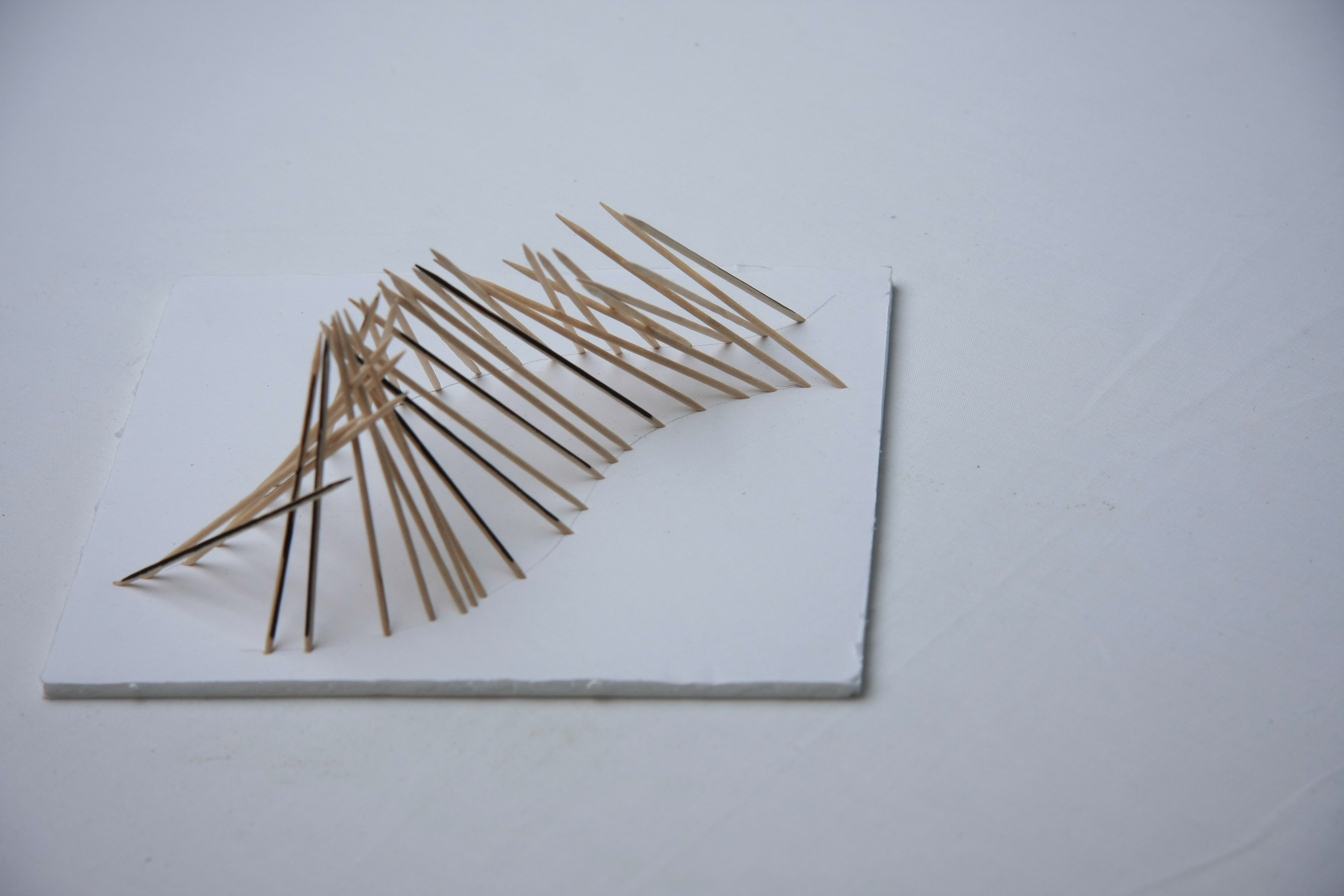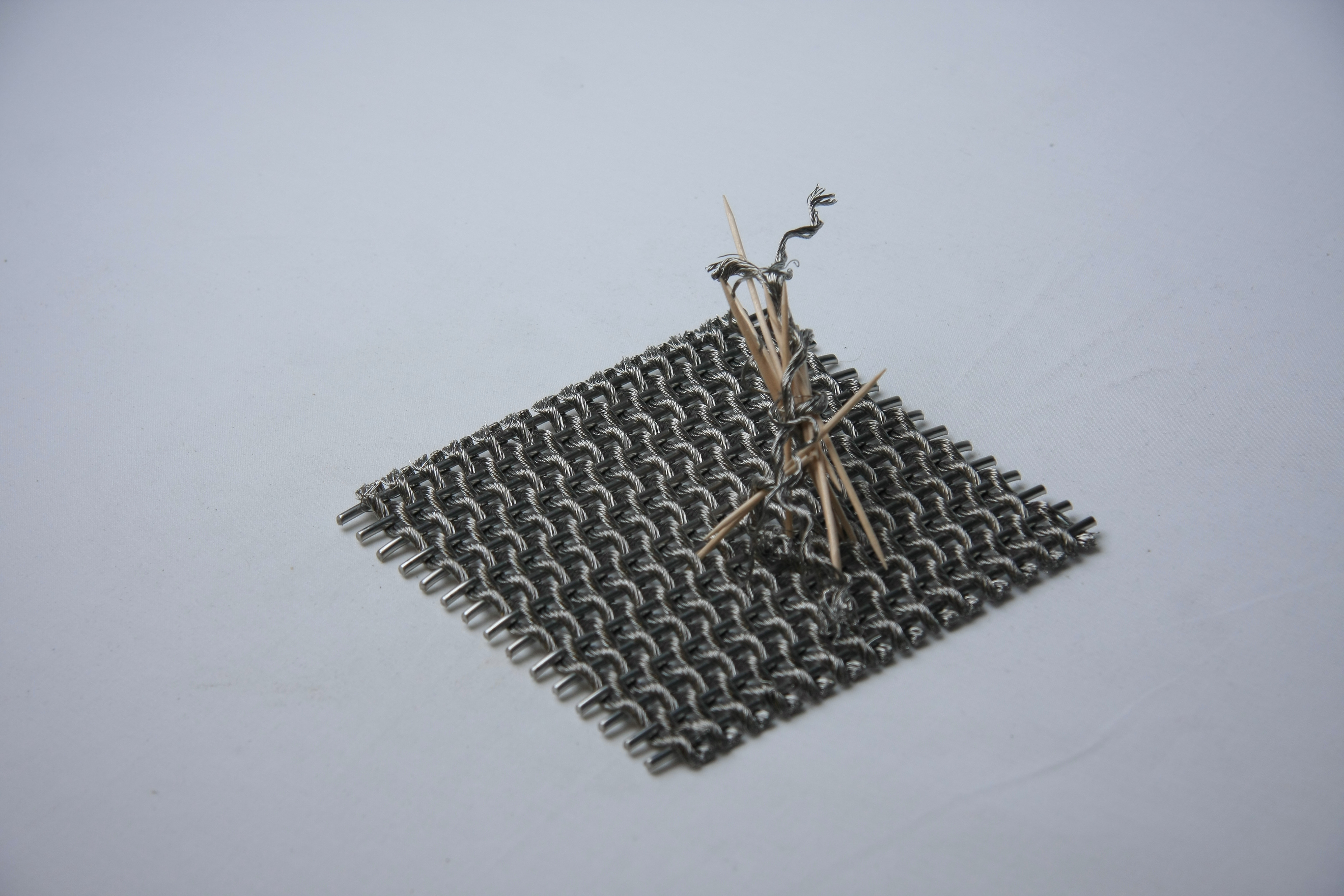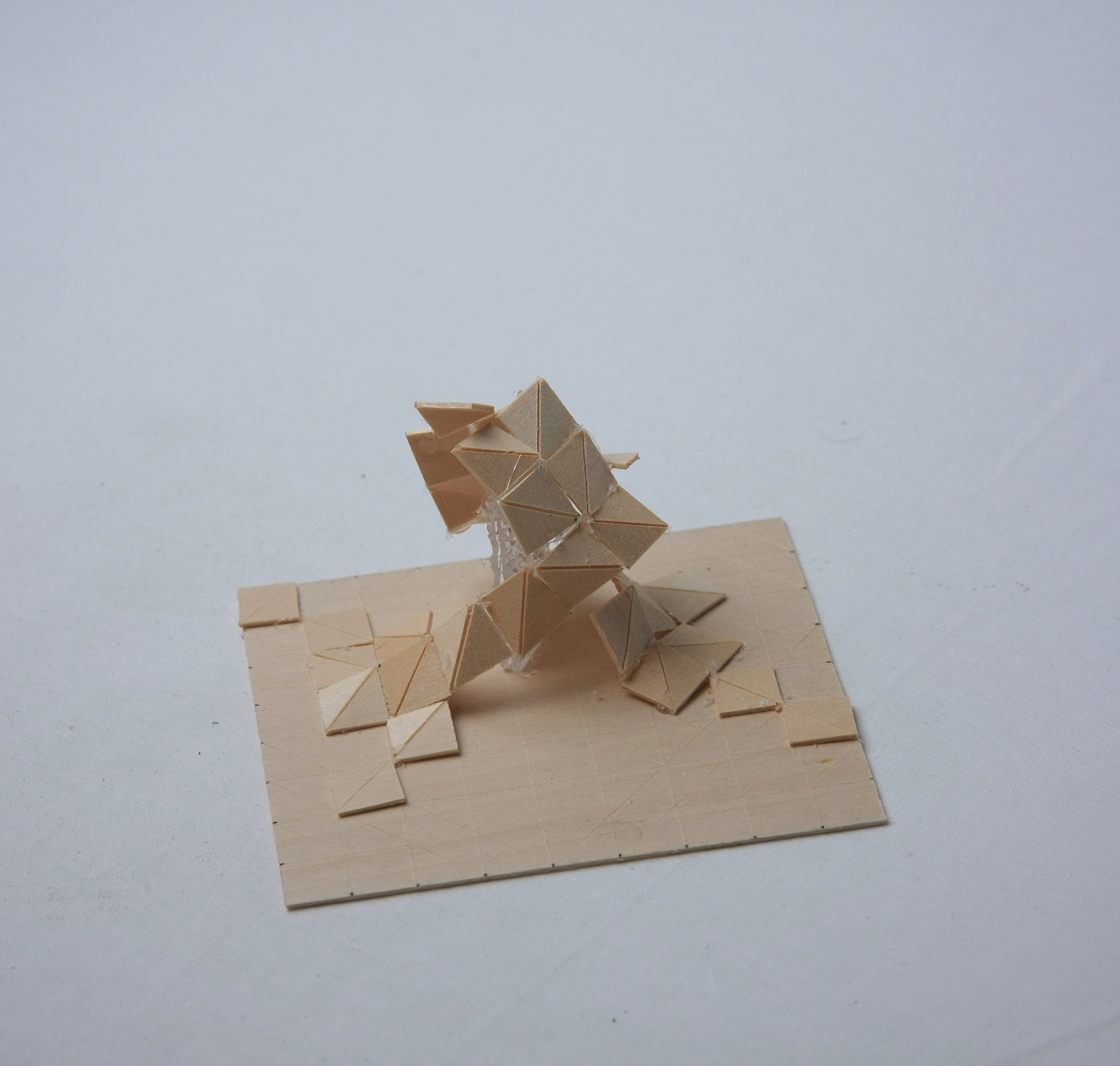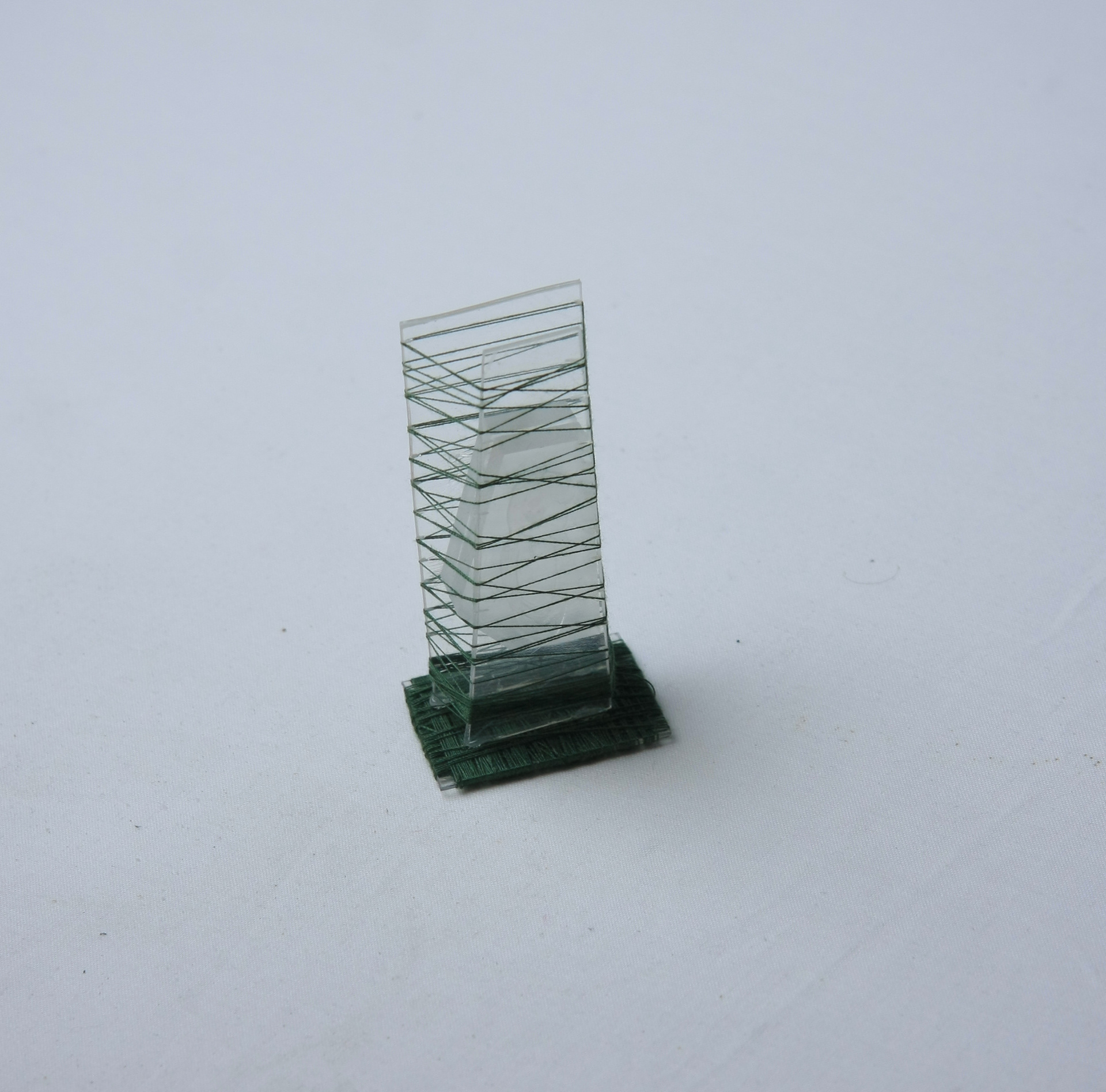SWIVEL (Twisting Space Between the Core and the Environment):
For my first term project as a master's student in Architecture at the University of Oregon, I focused on designing a space all about food at the heart of Portland where the old and modern neighborhoods clash. The project involved designing and building different models, starting with a problem model, followed by a concept model, and finally building two large-scale models to achieve a better sense of space.
In the problem model, I addressed the conflict between people at this space, highlighting how although they were all humans in conflict, they still interacted. To solve this, I used a single shape in the concept model where the background material is the same as the ribbon revolving around the main space, meeting each other in the end. The central object is transparent on two sides, making it visible from some angles as it revolves.
In the final model, I shaped the spaces in between the ribbons, all approaching a single whole, creating a dynamic and cohesive space for food-related activities such as cooking, eating, and discussions. This project allowed me to explore innovative solutions to design challenges while creating a functional and visually appealing space.
Problem Models


My model aims to integrate and eliminate the contrast between China town and the Pearl district in this area. Despite the conflict, there cannot be a border or boundary between these two areas. To achieve this, I used wood as a representation of the old town and modern materials to give it a contemporary context. The use of these materials highlights the integration of the old and new, creating a harmonious blend between the two parts of the area. This approach ultimately aims to create a unified space that celebrates both the past and present of the area.
The diverse population in the area, including homeless individuals, has inspired me to create a model that incorporates different colors and materials to represent the various people who live there. I wanted to highlight the contrasts and contradictions that exist in this community, so I used the same material but painted it in different colors, including black, to represent the diversity in the area. This approach creates a visual representation of how different individuals can come together in a shared space and community, even if they come from vastly different backgrounds and experiences.
Concept Model

Material: Plastic

Material: wood

Material: thread and Plexiglas
I aimed to demonstrate the interweaving of people and the environment in this project. To achieve this, I used the same material for both the context and ribbon model. The central core represents a gathering place for people from diverse backgrounds. In the final concept model, people (represented by the ribbon) originate from four sides of the core and converge at the end. Transparent material was used to highlight certain parts of the path, while other areas remained obscured.
Atmosphere Model